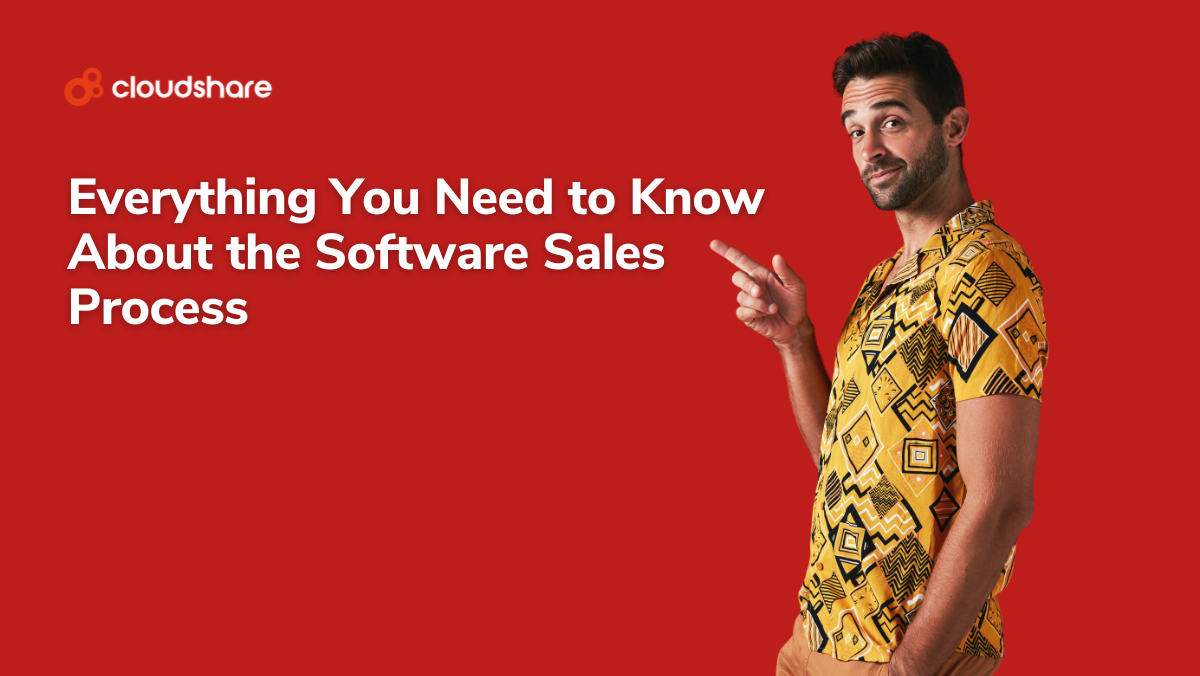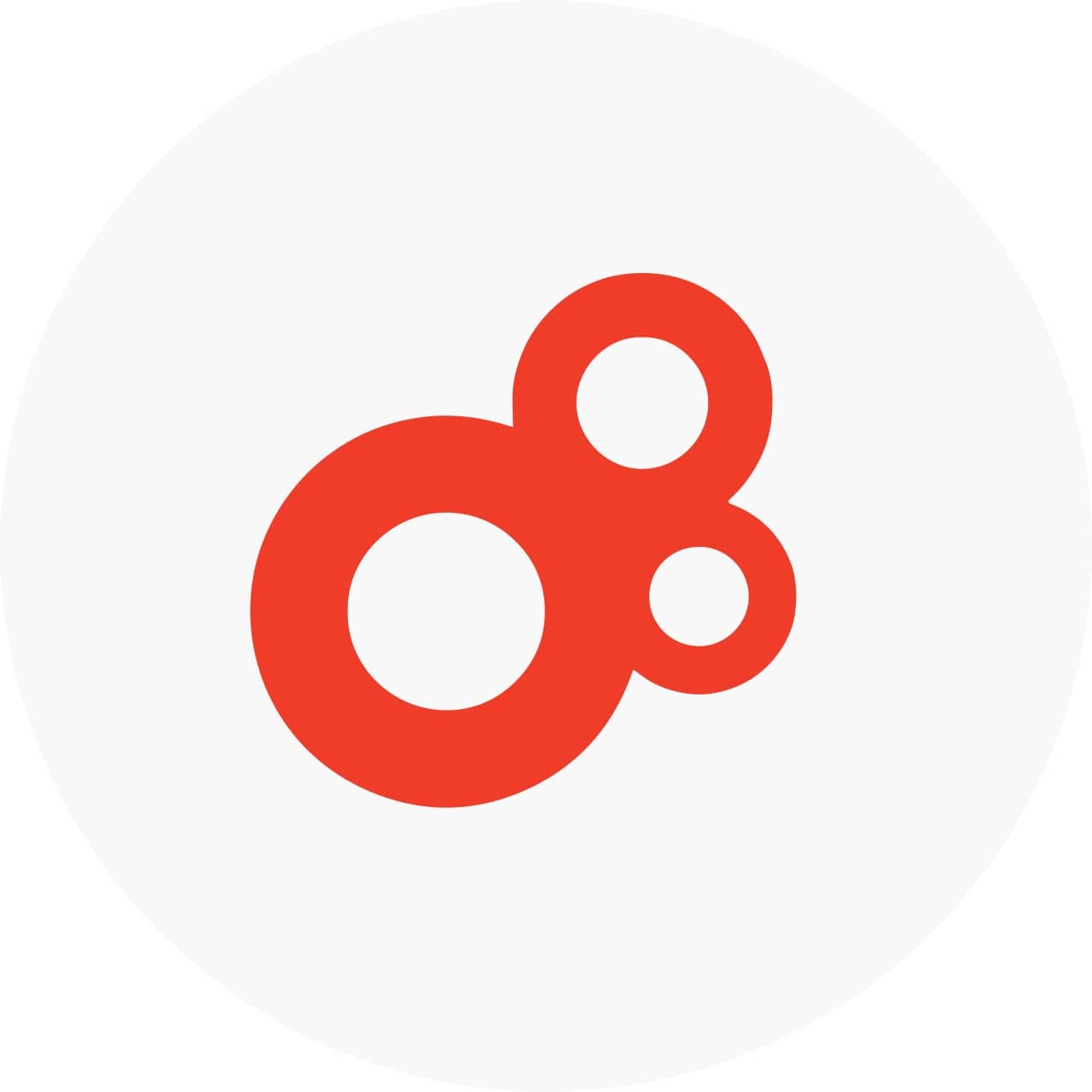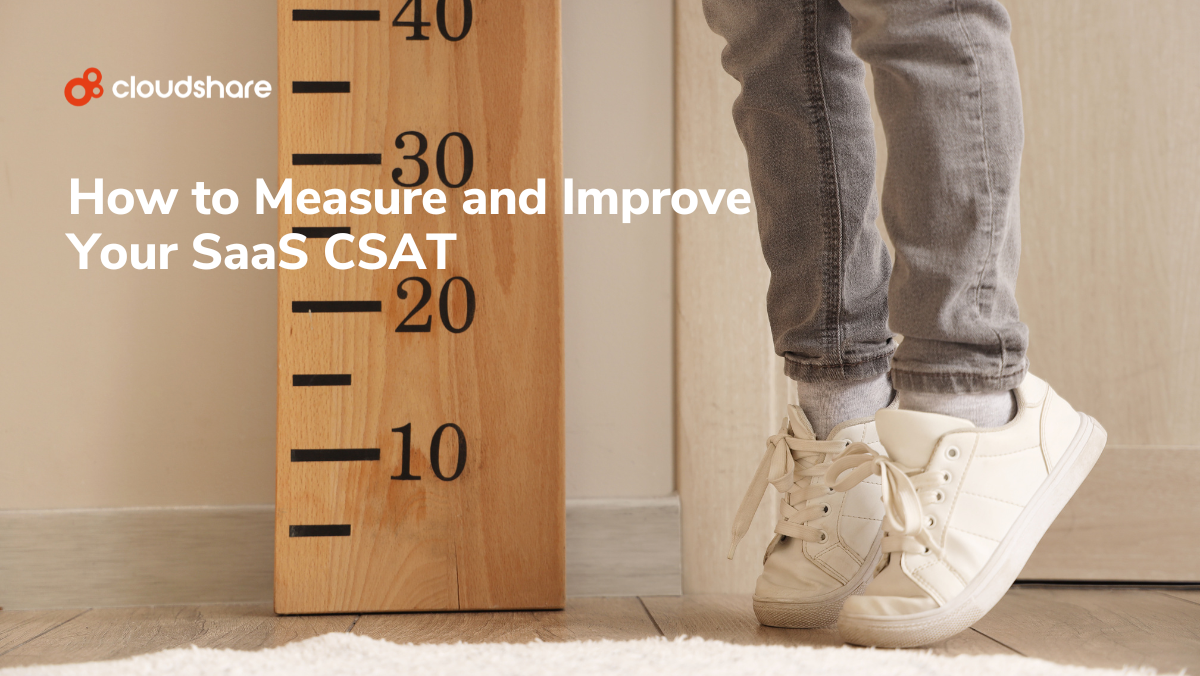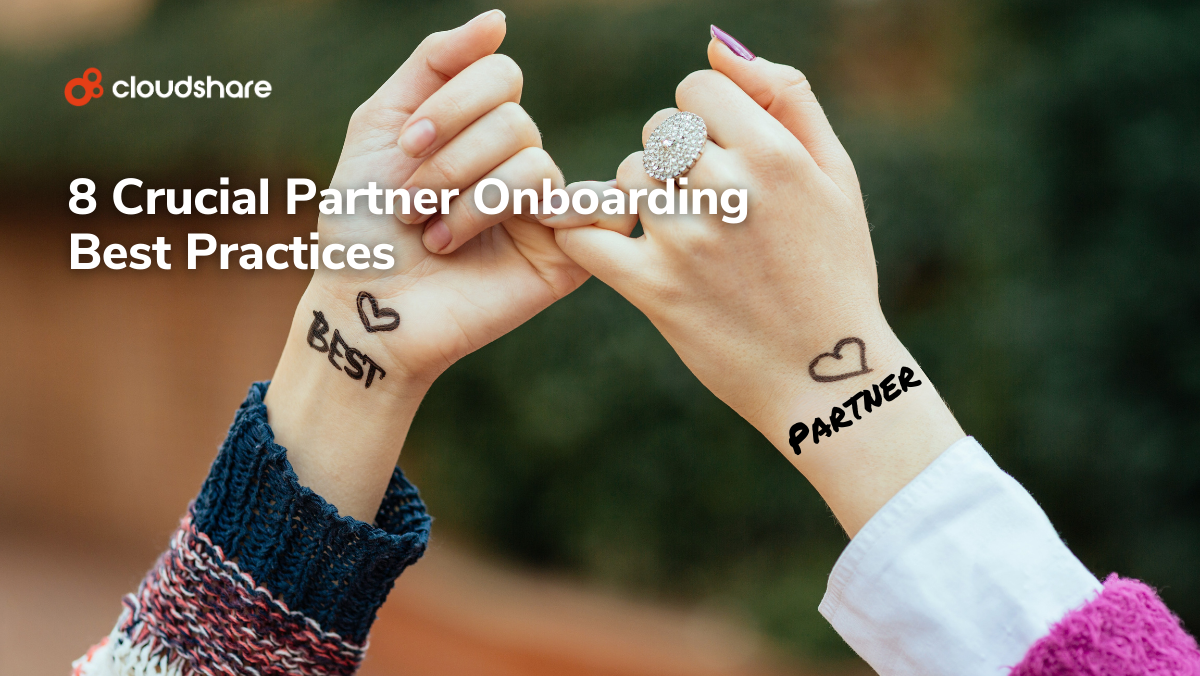
According to Statista, there are approximately 30,800 software-as-a-service (SaaS) companies in the world as of this year. That number is expected to rise to roughly 72,000 by 2025. And if you count artificial intelligence (AI) companies as part of the SaaS market, that figure rises to around 175,000.
Basically, SaaS is more competitive than ever. With so many companies competing for everyone’s time and attention, it’s crucial that you know how to make yourself stand out. That starts with a strong understanding of the SaaS sales process.
Why Understanding the Software Sales Cycle is Important
SaaS is all about data and relationships — or more accurately, using data to cultivate relationships with your customers. You need to know who you’re selling to, but you also need to know how you’re selling to them. That means understanding your sales funnel, including your channels, tactics, and, most importantly, how long it usually takes someone to go from prospect to customer.
Armed with that understanding, you’ll be able to refine your sales process to be more efficient and effective while also gaining a deeper understanding of your audience.
The 7 Stages of Software Sales
Even though every SaaS company’s sales cycle is unique, they all follow the same basic process, with the same general objectives at each stage:
- Lead Generation. Figure out who’s interested in your software and why.
- Engagement. Find the best way for your sales team to connect with prospective customers.
- Qualification. Differentiate between leads who are likely to convert to customers and leads who aren’t.
- Presentation. Show qualified leads what they can do using your software with a sales demo.
- Objections. Address any questions or concerns raised about your software.
- Point of Sale. Close the deal and convert qualified leads to customers.
- Onboarding and Customer Success. Ensure new customers get the most out of your software and cultivate strong customer relationships.
Let’s talk a bit more about what each of these stages involves.
Finding Leads
Who are your customers, where can you find them, and how will you get their attention?
This is where you lay the foundation for the rest of your sales process. Start by creating a profile of your ideal customer. You’ll want to Include the following details:
- Demographic information such as age and budget.
- Industry and/or profession.
- Common challenges, needs, and pain points.
- Key product features.
- Social media platforms on which they’re most active.
- Interests and hobbies.
- Values.
If you have trouble figuring out any of this information, do some market research. Look at any company that might be considered a competitor. Who’s interacting with them on social media, and who do they target with their marketing? This will give you a good start.
Once you’ve figured out who you’re targeting, it’s time to start creating some top-of-funnel content, such as:
- Blog posts.
- Display ads.
- Social posts.
- Webinars and white papers.
This content should be strictly informational and educational. You’re not trying to sell to your prospects — not yet, at least. You’re trying to get their attention with content they’ll find interesting and valuable.
Make sure the content you produce at this stage is properly optimized for search. That means including relevant keywords while also making it easy to read and navigate. You should also include a contact form on your website so that anyone who’s interested in your product can reach out.
Engagement
You’ve got their attention. Now, how do you keep them on the hook?
Once you start attracting prospects, it’s time to open a dialogue. There are a few ways you can go about this:
- Personalized email or SMS outreach.
- Engagement on social media.
- Via live chat on your website.
- Scheduled interviews or sales calls.
Your focus at this stage should still be on cultivating relationships. You’re looking to figure out what each individual prospect is looking for and how you can help. Most importantly, you want to determine which prospects are most likely to result in a sale.
Qualification
How do I identify my most promising leads?
In a perfect world, every prospect would eventually become a customer. We don’t live in that kind of world, though. You’re going to encounter your fair share of leads who, for one reason or another, probably won’t purchase your software.
Your instinct might be to just discard those unqualified leads — and in some cases — you’d be right. The problem is that an unqualified lead might not always remain unqualified. It all boils down to the reason someone’s not making a purchase.
An unqualified lead might:
- Have needs your software doesn’t currently fulfill.
- Lack the necessary budget for your software.
- Be finalizing a sale with a competitor.
- Plan to make a purchase in the future, even though they’re not looking to make one now.
- Lack the requisite understanding of your software and its features.
Similarly, qualified leads aren’t all created equal. So how exactly do you differentiate between them, then? How can you ensure your sales team puts their time and energy into your highest-value prospects?
By using a lead scoring system. This basically assigns a numerical weight to each lead based on any number of characteristics, from industry to online behavior. Let’s say, for example, that your most loyal and valuable customers are small financial services businesses in the Seattle area.
Your lead scoring system would flag any leads that share those characteristics as being of higher value. The more a prospect has in common with your top customers, the higher their score. It’s important to note that this system is not static.
Weights and characteristics will likely change as your company grows.
Initial Presentation
Time to show them what your software can do.
Once you’ve identified a promising lead, it’s time to educate them about your software. You want to show them how you can help them solve their problems, address their needs, and achieve their goals. Your best bet is to use a software sales demo — the more interactive the better.
Which of these sounds more engaging?
- A half-hour sales presentation consisting of a slide deck and product videos.
- A hands-on demo that lets the prospect get a first-hand look at your product and its features.
Seems like a pretty clear answer, right? To make things easier on your team, we’d also recommend automating your demos. Doing so will not only speed up your sales cycle, but also offer improved consistency, scalability, and engagement. Automation gives you the ability to quickly spin up personalized virtual demo environments.
To put it another way, your salespeople can focus more on the human side of the sales process while the demo takes care of everything else.
Addressing Objections
What can you do to address a prospect’s questions and concerns?
If you’re lucky, your prospect won’t have any concerns and your demo will have answered any questions they might have about your software. More often, however, they’re going to have doubts. There’s going to be one final hurdle to overcome before closing the deal.
Some common objections include:
- Uncertainty about your company’s reputation.
- Concerns about cost or contractual obligations.
- Lack of features.
- The prospect has already deployed a similar product.
- Lack of stakeholder interest or buy-in.
- Difficulty understanding your product.
- Concerns about the future.
Your sales team should have a playbook on how to address these common objections. You might also want to consider maintaining a comprehensive knowledge base about your software and publishing some customer testimonials and case studies.
Making the Sale
You’ve got their attention and interest. All that’s left is to close the deal.
After addressing any objections, you’re on the home stretch. But that doesn’t mean you’re home-free. Believe it or not, plenty of sales actually fall apart right before they’re finalized. Sometimes, this is the result of extenuating circumstances — things like an unexpected downturn or market shift.
You can’t really do anything about bad luck. But you can make sure you provide customers with transparent pricing information, a contract that’s easy to understand, and diverse payment options to make closing the deal as smooth as possible.
Managing Customer Relationships
Let’s turn that new customer into a product champion.
Once the sale’s been finalized, the next step is to make sure the customer has everything they need to start using your software. At this point, the job of your sales team is usually more or less finished. Once a customer’s been onboarded, your customer success team will take over.
There are a few things you’ll want to have them do:
- Schedule regular check-ins with customers to ensure they’re still satisfied.
- Encourage customers to provide feedback about your software and show them that you’re acting on that feedback.
- Reach out occasionally with relevant cross-sell and upsell opportunities.
Make Sure Your Sales Team Understands Your Process
You now have a thorough understanding of the software sales process. Now it’s time to make sure you’re able to convey that understanding to your team. You can start by reading up on software sales training, then learn about the Differences Between Sales Training and Sales Enablement.




